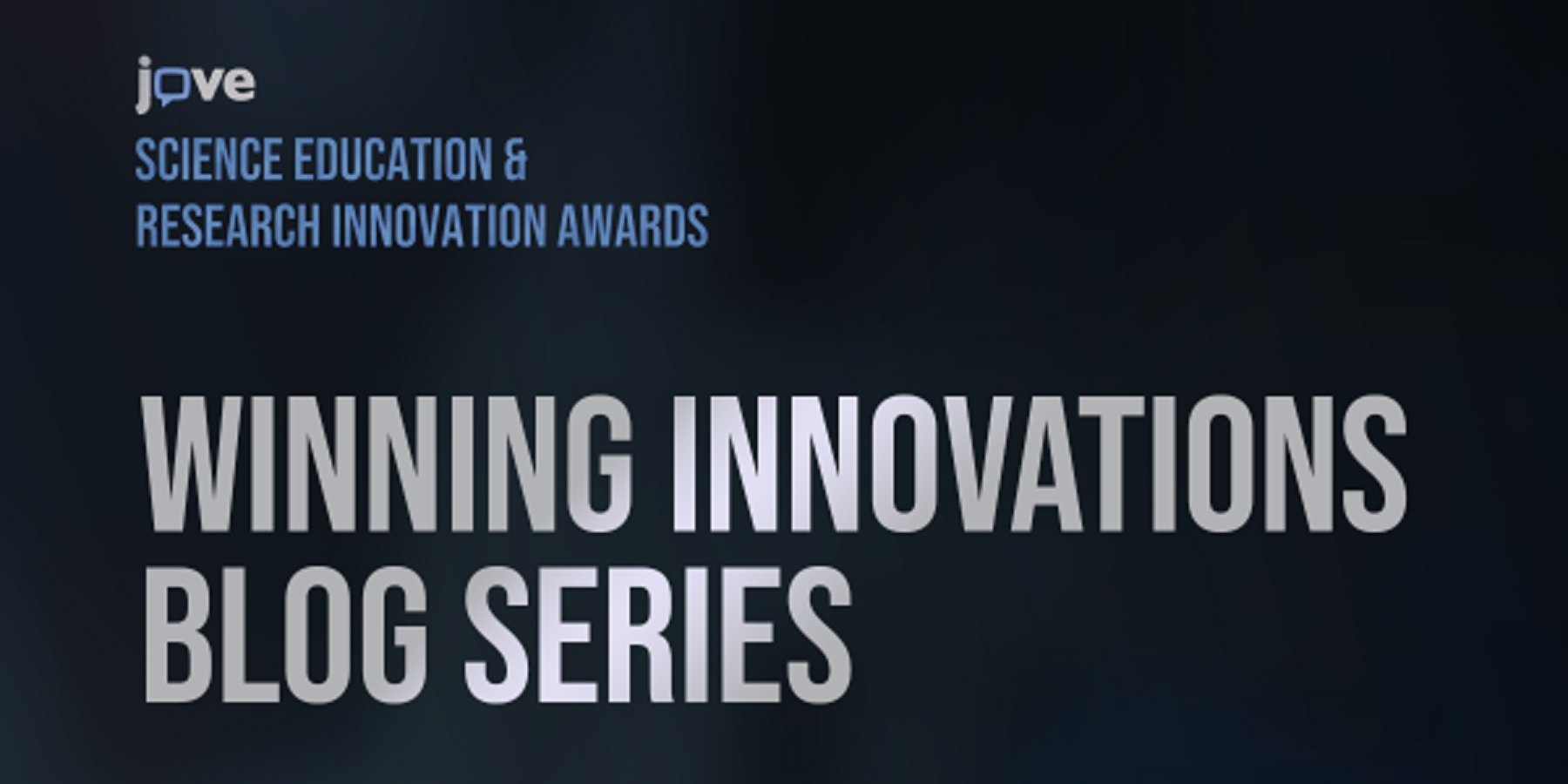The 2021 JoVE Science Education and Research Innovation Awards have paved the way for a series of blog posts highlighting how science educators, researchers, and librarians worldwide have used visual resources to support their remote efforts. We hope these blog posts based on each of the winner’s webinars will help find practical answers to the questions imposed while juggling online or hybrid formats.
In last week’s 2021 JoVE Innovation in Instruction webinar, Dr. Shefaly Shorey, Assistant Professor at the National University of Singapore, shared various methods for supporting online teaching and assessments in a nursing communication course. Dr. Shorey highlighted how she incorporated blended learning pedagogy and virtual reality to facilitate skills-based communication training for year one nursing undergraduates. Usually, trained professionals act as patients so nursing students can practice communication-based training modules through role-playing. However, that was a time-consuming and expensive practice, so Dr. Shorey decided to use Artificially Intelligent (AI) VPs that have proven successful in training students, especially in communication modules.
To hear actionable suggestions and tips discussed in the webinar, request a full recording of Dr. Shorey’s webinar “Improving learning outcomes in the hybrid science classroom.”
Below are key takeaways based on the Q&A session of Dr. Shorey’s webinar.
1.What would the Virtual Patients answer if the student asked out-of-book questions or wrong questions?
Dr. Shorey highlights that people don’t always communicate professionally, and similarly, the VPs needed to learn that. To do that, her team collected data that took months to gather using different algorithms. They had to ensure that the VP does not just casually communicate but uses professional and technical medical terms to make it real. Dr. Shorey adds that this is an ongoing process that will require continuous R&D over the years, not in a day or two.
2.How do VPs respond if students make errors in suggesting medicines while practicing?
The answers are all fed into the system, which works on algorithms; if the student suggests the wrong treatment, the VP prompts hints such as Are you sure? Do you want to re-check the parameters?
3. Is there an improvement in student comprehension after introducing this tool?
Dr. Shorey says she knows that the students love it as she ran surveys and received positive feedback. She adds that the tool is not 100% perfect as it’s still under development and just like any other technology, it gets better each day. She highlights there’s increased confidence among students, apart from passing the module with good grades. Students shared their experiences with the communication skills training via blended pedagogy and the VPs. They shared great insights on how they benefited from receiving communication skills training at the comfort of their homes without getting exposed to COVID-19. They particularly enjoyed practicing communication skills with the VPs, which set the grounds for self-directed learning, leading to reflection and self-driven change for students. They also shared valuable recommendations on how VPs can be improved to further benefit from them. Both students and clinical facilitators valued the use of AI-run VPs in teaching communication skills. Based on student’s and clinical facilitators’ inputs, the teaching team recognized that continued enhancement, accessibility, and technological improvements to the VPs would further enhance students’ communication skills.
4. Do you think this tool can be adjusted for other classes?
Dr. Shorey says that this tool can work in any setting, not just in nursing. Envisioning and enhancing is vital as the pandemic is not over yet. She says this is an opportunity to keep building and improving online teaching methods and assessments by incorporating blended pedagogy and VPs in teaching to ensure students’ learning outcomes.
Request a full recording of our webinar session “Improving learning outcomes in the hybrid science classroom” here.

